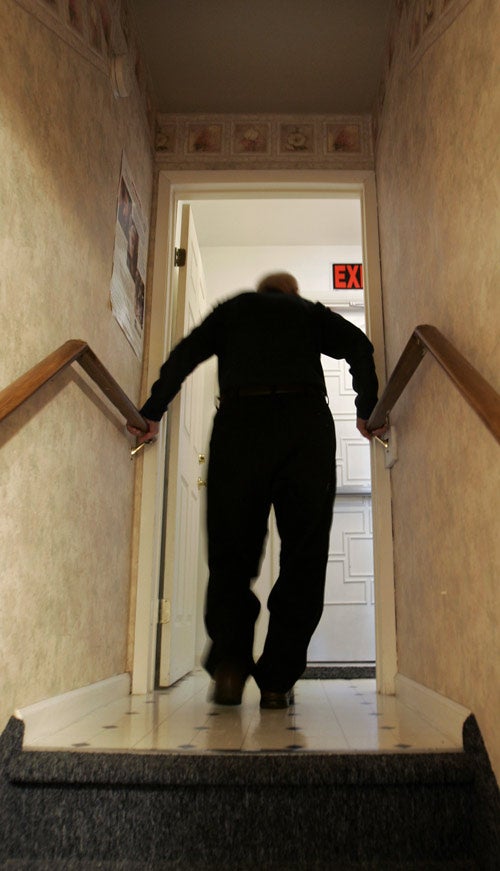£180m repaid to patients who sold homes to pay for long-term care

Your support helps us to tell the story
From reproductive rights to climate change to Big Tech, The Independent is on the ground when the story is developing. Whether it's investigating the financials of Elon Musk's pro-Trump PAC or producing our latest documentary, 'The A Word', which shines a light on the American women fighting for reproductive rights, we know how important it is to parse out the facts from the messaging.
At such a critical moment in US history, we need reporters on the ground. Your donation allows us to keep sending journalists to speak to both sides of the story.
The Independent is trusted by Americans across the entire political spectrum. And unlike many other quality news outlets, we choose not to lock Americans out of our reporting and analysis with paywalls. We believe quality journalism should be available to everyone, paid for by those who can afford it.
Your support makes all the difference.More than £180m in compensation has been paid to patients wrongly charged for long-term nursing care in a bureaucratic blunder by the NHS.
Payments averaging £90,000 each were made to 2,000 people forced to pay for long-term nursing care between 1996 and 2004, often by selling the family home, when their care should have been free on the health service.
The successful claimants were among 13,300 who applied for compensation by the deadline last November after a legal challenge in the 1990s that led to health authorities being ordered to pay for long-term nursing care bills.
The decade-long dispute began because many hospitals desperate to clear their beds operated a policy of moving elderly or infirm patients into nursing homes, where relatives had to pay hundreds of pounds a week. Thousands were forced to sell the family home to pay for care.
In 1999, a court ruling stated that the costs of long-term care must be met by the NHS if the needs of the patients were primarily health related, (as distinct from social care-related, say, needing help with washing and dressing).
Despite this judgment, the NHS continued to bend the rules and in 2003, the health service ombudsman, Ann Abraham, delivered a devastating attack on health authorities' behaviour. She said some authorities had "misinterpreted and misapplied" the rules which had led to "hardship and injustice" for some.
The Department of Health (DoH) promised to compensate those wrongly charged and 13,300 people submitted claims. Of 12,000 so far assessed, 10,000 have been rejected. The remaining 1,300 are still being investigated and the total compensation bill is likely to rise. All the remaining claims would be processed by the end of March, the DoH said yesterday.
Last year, the DoH issued new guidelines to health authorities aimed at standardising eligibility rules used to determine which patients will qualify for free long-term NHS care. But charities believe 40,000 people are being funded out of 100,000 who should qualify and they claim there is a still a postcode lottery on the NHS.
Mervyn Kohler of Help the Aged, said: "The whole issue of continuing care has been a terrible mess. So it is pleasing to see people getting their money back. But there are still many inconsistencies in practices. People are being forced to navigate their way through a confusing and inaccessible system of funding, at a time when a tangle of red tape is the last thing they need."
Figures obtained by Age Concern last year showed wide variations in the number of people whose long-term care was funded by the NHS. In Derby, the primary care trust paid for seven people, a rate of .26 per 10,000 population; in Harrow, the PCT was funding 826 people, a rate of over 41 per 10,000. The population of Harrow was younger than Derby's as well as being smaller, the charity said.
A Department of Health spokesman said the new eligibility rules had been introduced "to iron out these regional differences. This retrospective review process has brought about much greater understanding and improved process within the NHS."
Join our commenting forum
Join thought-provoking conversations, follow other Independent readers and see their replies
Comments